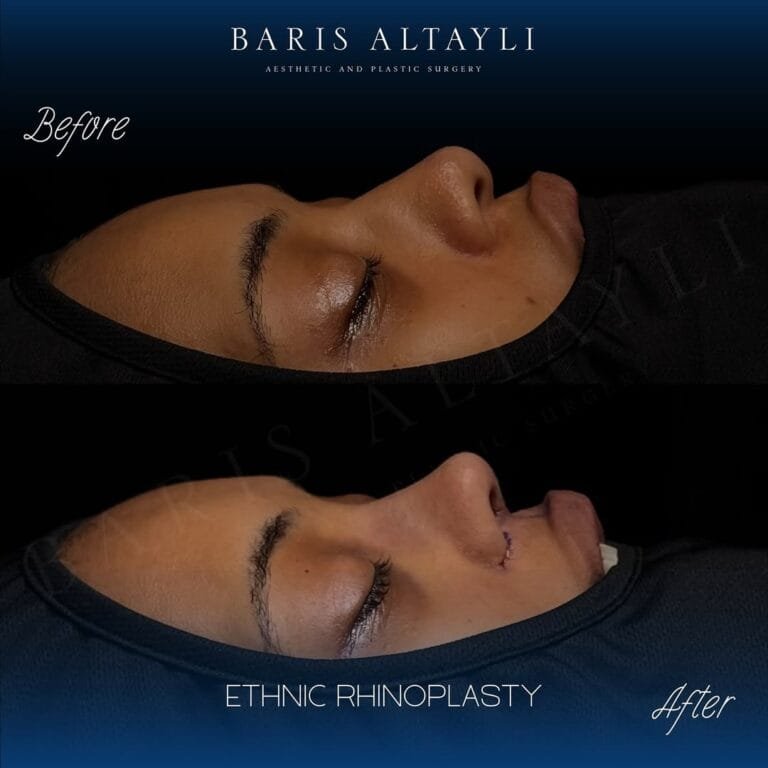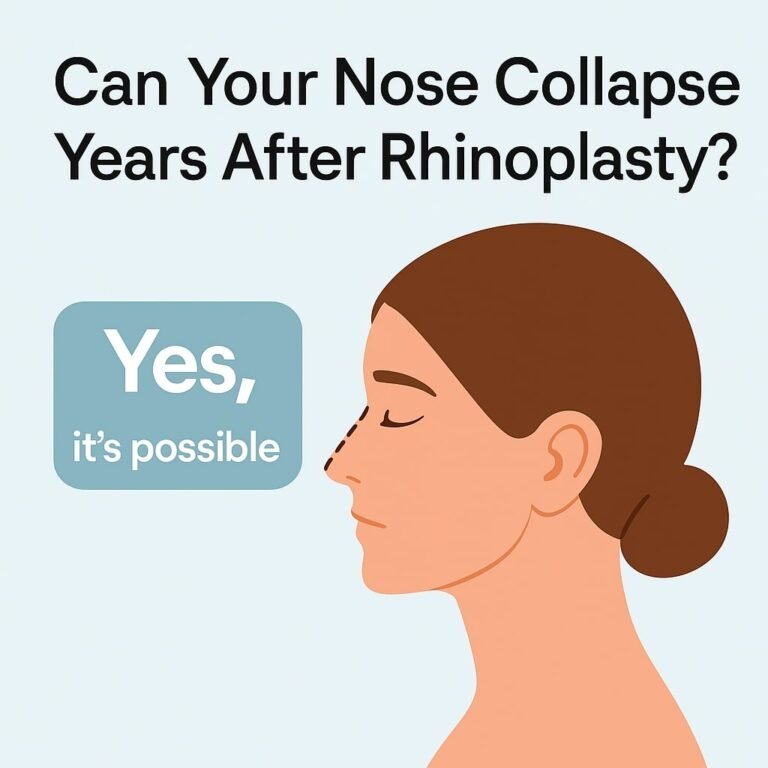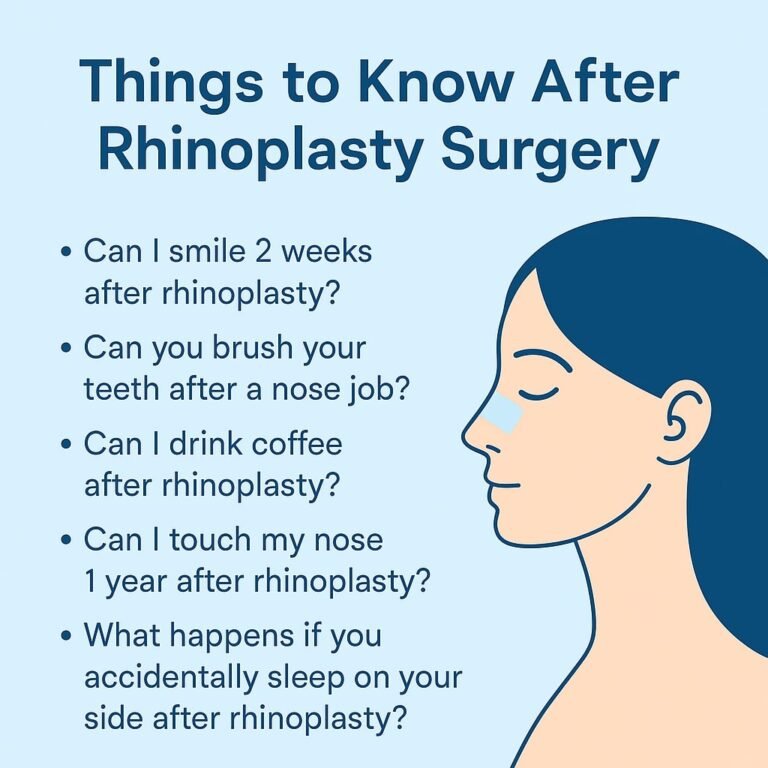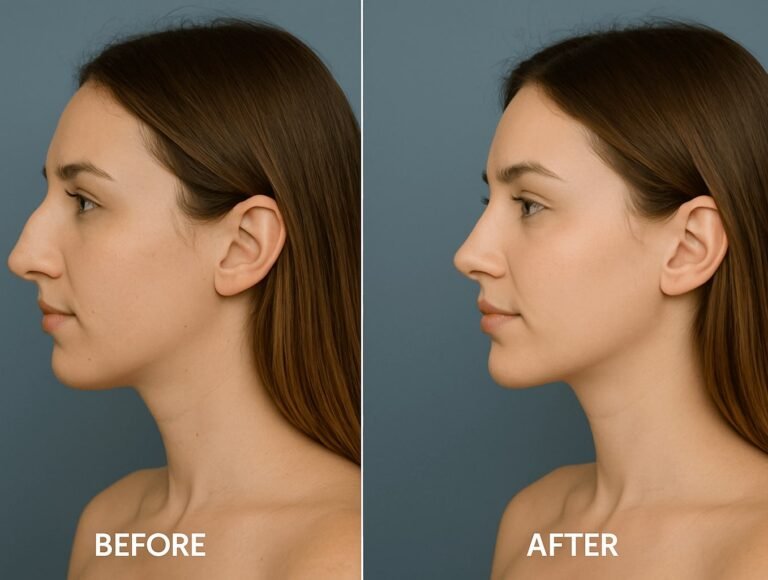Rhinoplasty, also known as a nose job, is a cosmetic procedure performed to reshape or enhance the function of the nose. It is one of the most commonly requested surgeries for those seeking facial harmony or correction of breathing issues. The transformation achieved through rhinoplasty is best understood through before and after photos, which highlight the differences in nasal shape, profile, and balance.
In this article, a detailed overview is provided of what patients typically experience before and after rhinoplasty surgery, along with realistic examples and photo placeholders.
What Is Rhinoplasty?
Rhinoplasty is a surgical procedure performed to improve the appearance or functionality of the nose. It may involve reducing or augmenting nasal structures, reshaping the nostrils, or correcting internal deviations that impact breathing.
The surgery is ideal for those who:
- Are unhappy with the size, shape, or symmetry of their nose
- Have breathing problems due to a deviated septum
- Have experienced nasal trauma or congenital deformities
- Desire a more proportional and refined facial appearance
Before Rhinoplasty Surgery
Before rhinoplasty, patients are carefully assessed by a board-certified plastic surgeon or ENT specialist. The following steps are generally taken:
- Nasal examination and facial analysis
- Digital imaging to visualize potential outcomes
- Discussion of expectations and limitations
- Medical evaluations including allergy history and imaging if necessary
Patients are advised to stop smoking, avoid blood-thinning medications, and maintain a healthy routine prior to surgery for optimal healing.
After Rhinoplasty Surgery
Recovery after rhinoplasty is a gradual process. Initial swelling and bruising are common, especially around the eyes and nose. As healing progresses, the new nose shape becomes more defined.
Key Post-Operative Expectations:
✔ Swelling and bruising in the first 1-2 weeks
✔ Nasal congestion and mild discomfort
✔ Final results visible within 6 to 12 months
✔ Breathing improvements (if functional corrections were made)
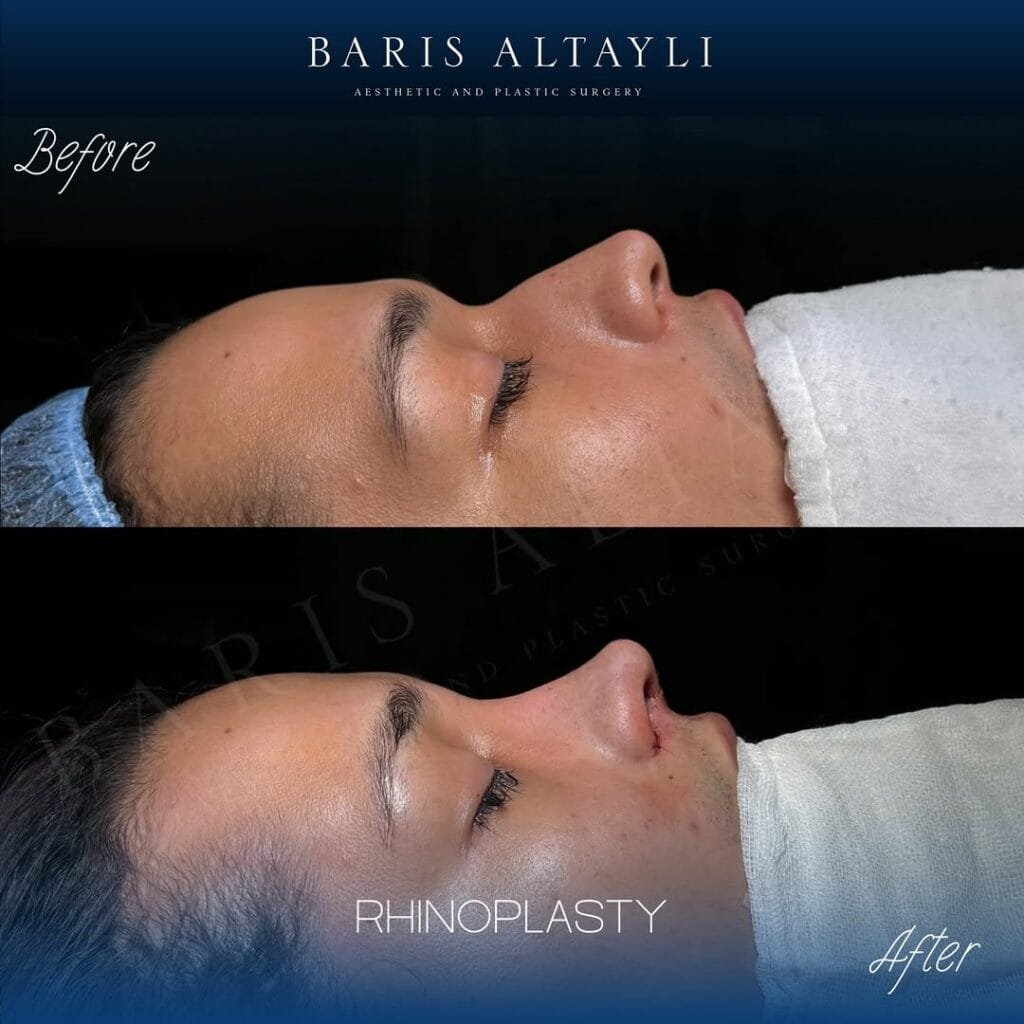
Rhinoplasty Before and After Comparison
Visual results speak volumes. The most dramatic and subtle transformations are best displayed with before and after photos. Each rhinoplasty is tailored to the individual’s unique facial structure and goals.

Healing Timeline Table
| Time Frame | Healing Stage |
|---|---|
| 1-7 days | Bruising and swelling peak; splint removal |
| 2-4 weeks | Visible swelling subsides, nose begins to refine |
| 1-3 months | Nasal definition improves, breathing normalizes |
| 6-12 months | Final shape achieved; residual swelling disappears |
Frequently Asked Questions
When will I see final results after rhinoplasty?
Final results typically appear between 6 to 12 months, as swelling resolves and the nasal tissues settle.
Will there be scars after rhinoplasty?
In closed rhinoplasty, no visible scars remain. In open rhinoplasty, a small scar under the nasal bridge usually fades over time.
Can rhinoplasty improve breathing?
Yes, functional rhinoplasty corrects structural issues like deviated septum to enhance airflow and breathing.
Is rhinoplasty painful?
Pain is generally minimal and easily controlled with medication. Most discomfort is related to congestion rather than sharp pain.
How long does rhinoplasty surgery take?
Most procedures take 1.5 to 3 hours, depending on complexity and whether functional corrections are included.
Conclusion
Rhinoplasty is a life-enhancing procedure that offers both aesthetic refinement and functional improvement. The before and after period includes a healing journey during which patients see gradual but rewarding changes. With the guidance of an experienced surgeon, the results can be natural, symmetrical, and confidence-boosting.


